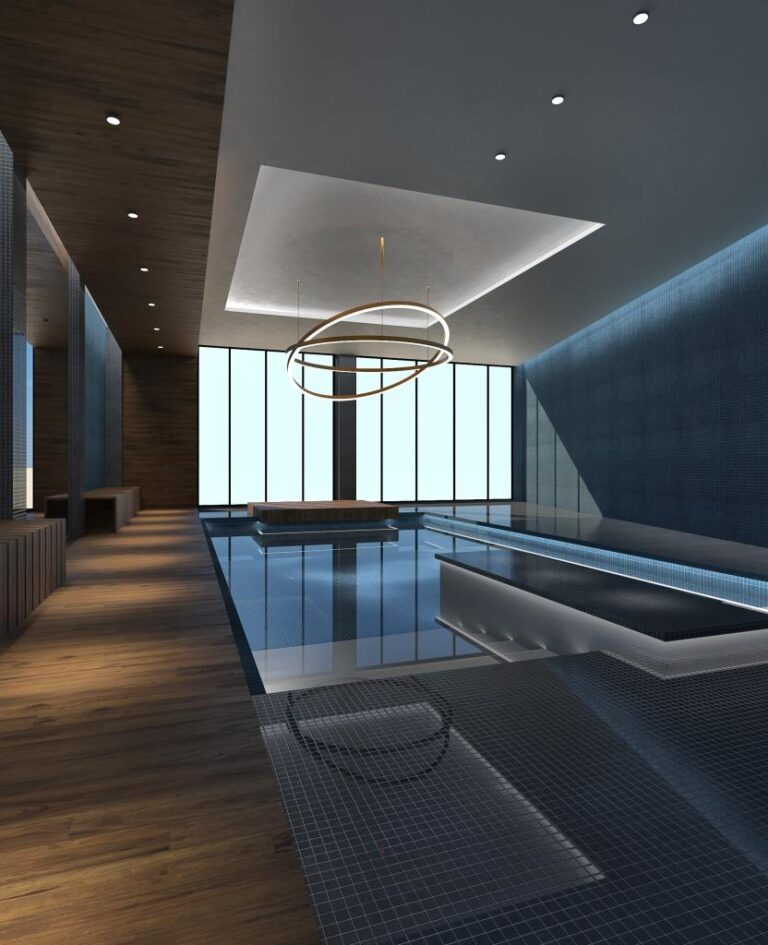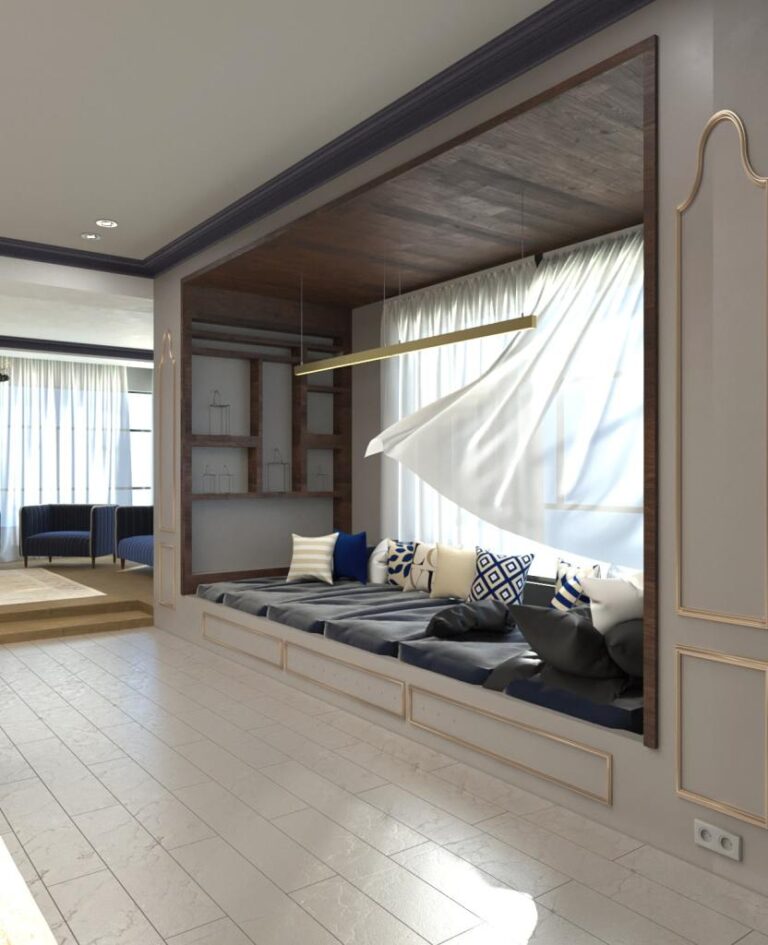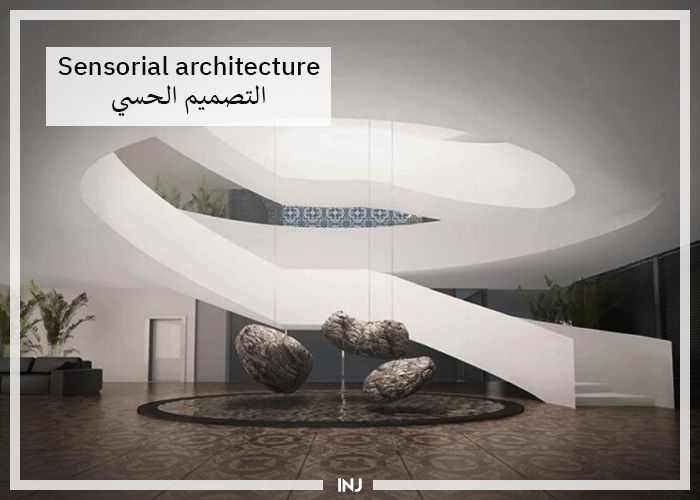There are only three responses to design- Yes, No, or Wow and you should aim for the last one! We are very much aware that the architecture’s appearance is significant, yet more significant is how much its spaces and ambiances mean to us as users. Architecture isn’t just a visual experience, but more so holistic by all of our five senses in a haptic way that expands our sensations past our retinal imagery. What you feel in a multi-sensory design, you would never really feel with your eyes only. The type that connects each of the five of your senses and allows you to experience something surreal. In a word, it’s “Sensorial architecture“
Impact of Senses on Architectural Form

Architecture is the real connection between nature & the man-made kingdom. With the assistance of the architectural forms’ senses, we can have the experience and perception, then we can truly understand ourselves and this beautiful world.
People endeavor to create the natural or familiar environment via perception, so they can perform activities in it, more favorably and confidently. The senses to perception reflect various conceivable outcomes of getting more comfortable environmental factors. Senses work together so that we can learn and get clarity about what provides important information. So, the manner in which we comprehend surroundings including architecture is totally related to the manner in which we usually process the received information from our senses.
Sensorial architecture and Human Senses
When you experience a place, you experience it by your senses and obviously, we know there are five of those. Means five different elements for architects to explore and take benefit of.
1. Sight- The Typical One
Sight is what permits us to view structure, color, and light. Therefore, Sight is an undeniable one and certainly the most utilized sense when it comes to architecture. To see a space is not just viewing the strong structures or forms but also the space and openness of an area.
Using both structure and light can cause its occupants to feel great. The merger of these parts will take a building from just standard to something really amusing and will make this place special that you want to be in.
2. Touch-The Feel
The sense of touch inside a building can cause a feeling of either liking or disliking. Touching building materials like walls or something can cause this feeling.
Materials are of multiple forms, some feel cold, others are warm, some are raw, others are well-polished, some are even made to have an interaction with their surroundings. It is said that physicality leaves little space for mistakes as compared to sight. No trickery and no illusions!
One architect is specifically known for his attention to detail and the instinctual way to deal with materials. Some factors like weight, texture, heat, density all are associated with the sense of touch. That leaves more chances for architects to try these materials to stimulate our senses.
3. Smell- The Secret Ingredient
Fragrance triggers memories, we relate some spatial qualities to them such as “it smells like a hospital”, “it smells like our home”. If appropriately used, these affiliations can be integrated with architecture to enhance different emotions and to give an actual brand experience.
Using your olfactory sense in sensorial architecture goes beyond using air fresheners. It implies taking advantage of fragrant development materials to establish a naturally scented environment like trees exude a resinous perfume and most of the woods used for furniture or construction, like juniper wood, cypress, atlas cedar, laurel or thuja emanates a specific fragrance.

4. Sound- The Hidden One
Acoustics is the key. In the words of Julian Treasure (acoustic consultant), “It’s time to start designing for our ears”.
A little change in acoustics can have a huge impact on the entire place. The acoustics of any building is not initially clear to us but can return a place’s movements to create an environment that we can truly relate to. Increasing sound can cause a boost of intensity in a place just like a soundtrack in a movie.
The Structure of a building can also influence the sound. The height of the ceiling or the state of the room can influence acoustics. With a high roof, sound has more reach as compared with a shorter one. Likewise, various states of surfaces can skip sound in explicit ways to have an interesting impact.
5. Taste- The Complex One
Taste is likely the hardest sense to connect with architecture. Hence, it has been demonstrated that architecture can incorporate the sense of taste by vision. It is conceivable that blending specific colors for objects of a building can evoke oral sensations.
What do sweetness, saltiness, or bitterness look like? Using beautiful colors to incorporate taste can add depth to a space. Color the walls a bitter choco-brown, enlighten the place with fiery orange accents. It’s all about associations!
Discover our know-how in Sensory design: IMK Renovation Palace Interior Design

Wrap Up about Sensorial architecture
Finally, sensory architecture is a communication between humans and buildings. Our typical five senses are the most significant sensory experiences in the architectural domain. We’re able to interact with the architectural forms via these senses. With these communications, we can truly understand the worth of places and spaces, and how they become meaningful to people. In fact, inside any building, our senses are used to create a special environment that is both delightful and memorable for us.
Our senses are like doors to your mind and the architecture is the platform on which we perform our roles in life.
You can also follow more articles on ArchUp
